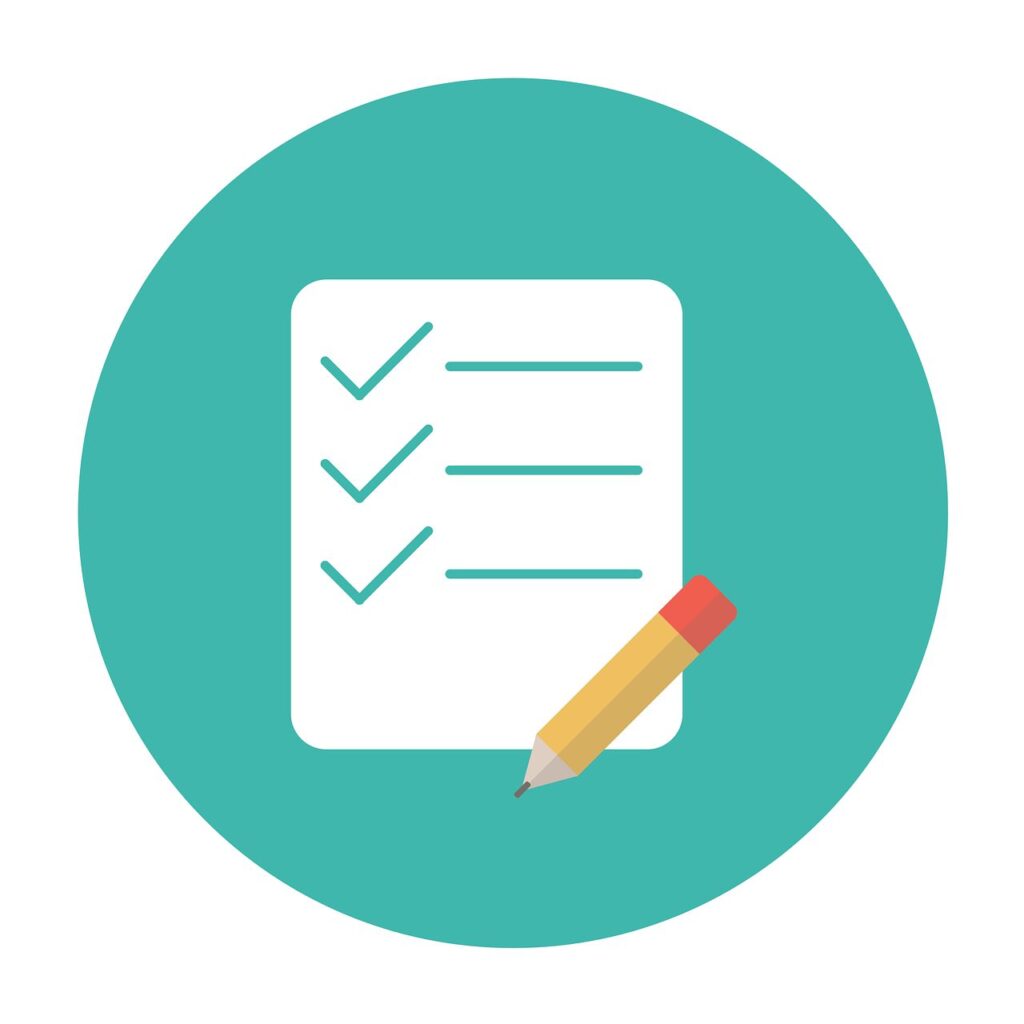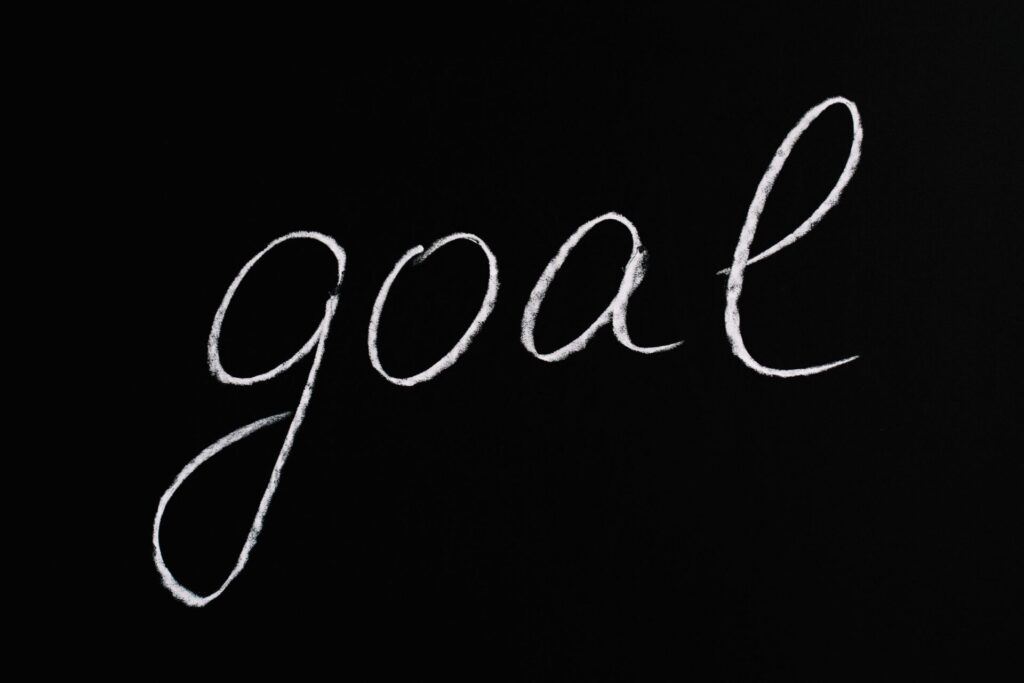If your training was like mine then your initial therapy assessment looks a lot like running through a checklist of symptoms. Sound familiar?
It can sound like: “Have you ever thought about harming yourself or others? Is there a history of depression in your family? Have you ever taken any medications?”
Personally, when I run my initial therapy assessment like this it can feel more like I’m going through a checklist of to-do items rather than focusing on building a strong relationship with my new client.

And to be fair, there’s nothing inherently wrong with going about it this way. There are some key pieces of information that we need to assess for, and often we don’t find out about them unless we ask. The checklist format is an effective way to get there.
But, from my personal experience as a client, when the initial assessment is run like a checklist it feels more like going to a medical doctor’s appointment rather than talk therapy. And, the strength of the therapeutic relationship plays such a key role in how effective the treatment is.
I want to help you make the assessment feel less like a list of interrogation questions to get through. So, in this article, I’ll share some tools that I use in the initial therapy assessment to make it feel much more warm and conversational.
What To Expect
Once you’ve spent the first few minutes getting through the initial admin items like your status as a mandated reporter and other relevant information from the initial paperwork, then it’s time to play.
For the most part, here is the default approach I’ve come to use over the years:
Overview of presenting issue (5-15 minutes)
- I let clients know that typically, I like to spend the first session asking them questions about what brings them into therapy right now and what they’d like help with.
Client history, values, beliefs, etc (20-40 minutes)
- Then I zoom out and ask them more about the big picture of their life as a whole. That way I can get a better sense of who they are and the context they’re coming from.
Identify Treatment Goals (5-10 minutes)
- By the end we’ll spend a few minutes zooming back into the reason they’re here to see me. I’ll offer one or two paths we could take if they choose to keep working with me.
Yes, that’s literally it.
It sounds pretty simple right? Essentially it’s: tell me what you’re here for, tell me more about who you are, and then here are some steps we could take if we keep meeting.
Assessment Checklist
But, what about all those things we need to assess for?
What about personal and family history of mental health concerns? Or asking if the client has ever used medications or other substances to treat their concern? What about assessing potential for harm or psychotic tendencies? We also should ask about their daily functioning like how their sleep, eating, and exercise is impacted, right?
I’ve found over the years that rather than run through a checklist, I can find organic opportunities to ask these questions through the intake assessment.
If there are a couple questions left at the end of our time I can ask about them then.
Example Of A Conversational Assessment

Here’s a role playing script for what this might sound like in practice:
Client: Yeah, and then when I was 15 my parents went through a divorce. It was really messy.
Me: Whoah, that sounds like a lot! 15?? How did you cope with that at the time?
Client: Actually, I think that might have been around when I started drinking. I just didn’t know how to handle it.
Me: No kidding. You were so young and I can only imagine that must have affected you in many ways. The drinking you mentioned sounds important to come back to and I’d like to hear more about that in a bit. But I’m hearing that you were really impacted by your parents’ divorce, and as a teen you were left to find a way to cope however you could. Were there any other ways you were affected?
Client: Oh gosh where do I even start? I mean, yeah, like everything changed for me.
Me: Okay, wow, so you were affected quite a bit. What about things like your sleep, eating, schoolwork, and friendships? Did you notice any changes there?
Hopefully this helps paint an example of how to weave in assessment questions wherever it feels organic and appropriate. By using this strategy, I’m usually able to answer most of the assessment questions by the time we get to the end of the intake.
If by the time I finish taking their history they haven’t covered some of the key assessment items, then I just circle back to them.
I’ll say something like: “There’s a few questions that I’m curious about that we didn’t get to. Do you mind if I spend a moment asking you a few of those?”
At this point we’ve already established a fair amount of rapport during our time of history taking. By now, the client may feel more comfortable answering rote questions. And they may be a little more honest about them.
Treatment Goals

So once we’ve made it through all of the assessment questions, I like to revisit treatment goals.
I like to say something like: “I think I’m getting a pretty decent picture of what it is that you’re looking for from therapy. If let’s say, you came to see me for a while and you found therapy helpful, what do you imagine would look different in your life?”
By the time we’re getting towards the end of the first session, the clients have more clarity about the specifics of what they want to change. So it’s easy to develop treatment goals from their answer to this question.
Start Small
If it feels like too much of a mental load to juggle holding your assessment items in mind while also holding a genuine conversation with your new client, you can start small.
You can still keep your clipboard-type list with you and at the end of the session ask your client any questions you didn’t get to. You can say something like: “There’s a few more things I like to ask everyone about that we haven’t gotten to yet.”
In time, you might find your mind naturally can hold space for those assessment questions and find the right spots to ask them. ]
Choose What Works For You
As I mentioned at the beginning, there’s nothing wrong with a checklist-style approach to the assessment.
I’m also aware that we all work in different settings, with different employers who have varied expectations. The way I am presenting this assessment strategy may not be easily applicable in your work context.
But, I hope you’ll be able to think about some of the ideas I shared and see if there is anything that you can integrate into your intake process. Hopefully you are able to find ways to make the process feel warmer and more focused on relationship building.
More Resources On Beginning With Clients
If you are looking for more resources on how to start your first therapy session, I have a whole blog post dedicated to that. Here are 7 tips for the first therapy session with a client.
I also have a video that goes over how to start a therapy session with a client.
And until next time, from one therapist to another: I wish you well!
-Marie
Image by Memed_Nurrohmad from Pixabay
Photo by RDNE Stock project on Pexels
Photo by Anna Tarazevich on Pexels
Leave A Reply